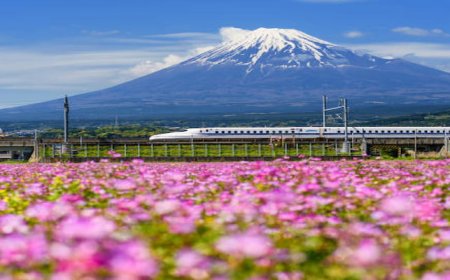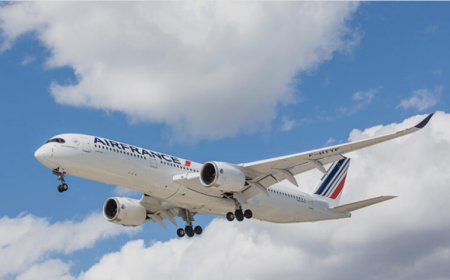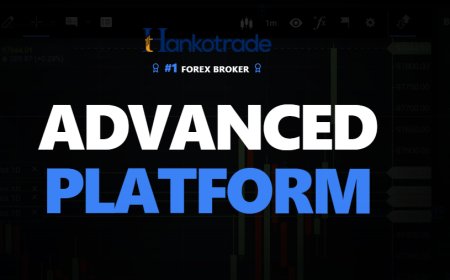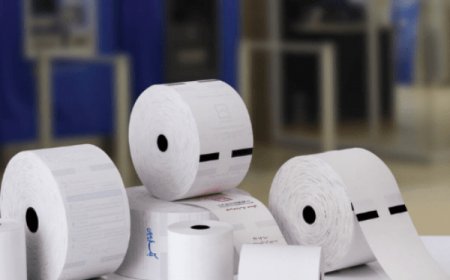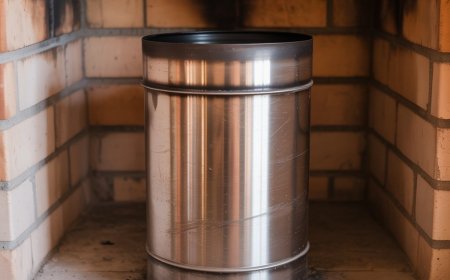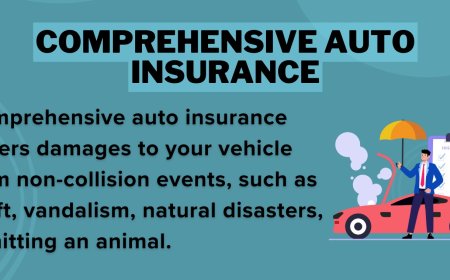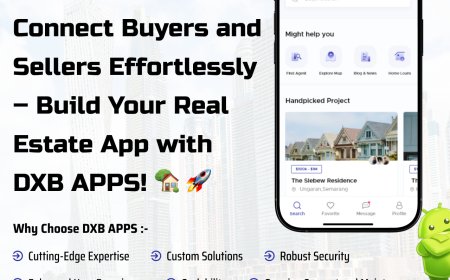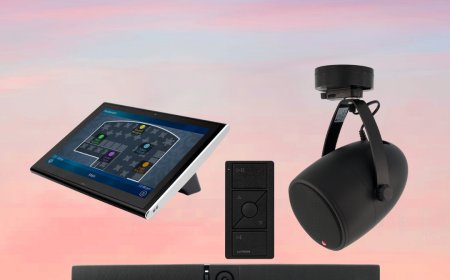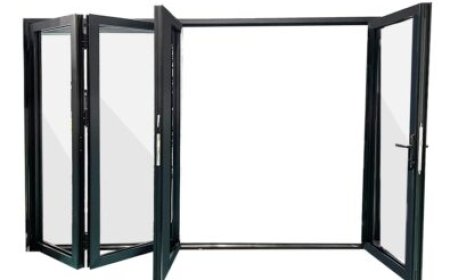How Same-Day Delivery Is Reshaping Customer Expectations
The phrase time is money has taken on new relevance, especially in the realm of e-commerce and logistics.
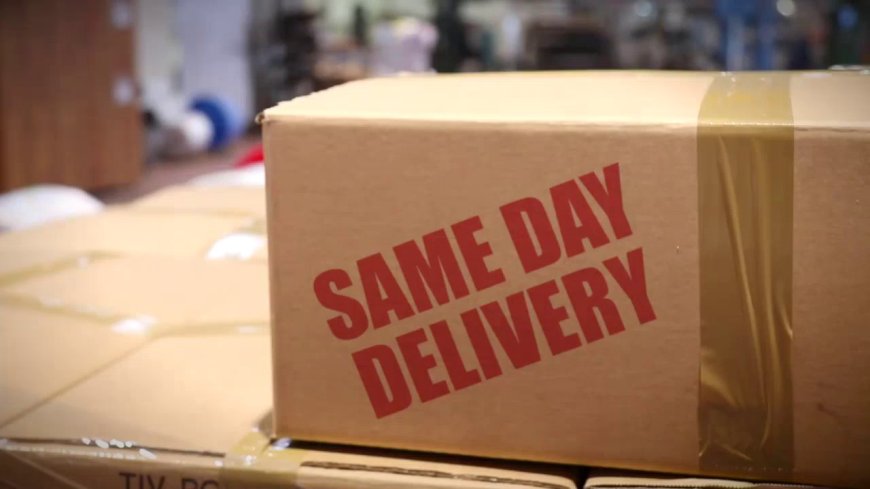
The phrase time is money has taken on new relevance, especially in the realm of e-commerce and logistics. The rise of same-day delivery services is not only redefining convenience but also fundamentally altering customer expectations.
Once considered a luxury or a premium service, same-day delivery is quickly becoming a standard offering in many sectors. This shift is reshaping how businesses operate, how consumers make purchasing decisions, and what good service really means.
The Evolution of Delivery: From Weeks to Hours
Just a decade ago, waiting 57 business days for a package to arrive was the norm. Two-day shipping, popularized by Amazon Prime, was revolutionary. Now, even two-day delivery can feel too slow for consumers accustomed to instant gratification. Companies like Amazon, Walmart, Instacart, and Uber Eats have invested heavily in infrastructure and technology to make same-day delivery viable and scalable.
The COVID-19 pandemic accelerated this trend. With millions confined to their homes, demand for fast, contactless delivery surged. This unexpected pressure forced companies to innovate and adapt quickly. What was once a competitive advantage became a necessity for survival.
Rising Consumer Expectations
Same-day delivery has fundamentally changed what customers expect from a brand. Here are several ways those expectations are evolving:
Speed as a Baseline, Not a Bonus
Customers now assume that fast delivery is part of the packageliterally. A survey by PwC found that 88% of consumers are willing to pay for same-day or faster delivery. For many shoppers, especially younger demographics, the appeal of instant gratification often outweighs the cost.
Reliability and Real-Time Tracking
Alongside speed, consumers expect transparency and accuracy. Real-time tracking, delivery time estimates, and instant notifications are no longer "nice to have"; theyre essential. A delayed or inaccurate delivery can lead to a damaged brand reputation and customer churn.
Omnichannel Integration
Consumers want flexibility in how they shop and receive their purchases. The lines between physical retail and online shopping are blurring. Delivery supports hybrid models like Buy Online, Pick Up In-Store (BOPIS) and curbside pickup. Retailers who can unify the customer experience across channels gain a significant edge.
Hyper-Personalized Service
As delivery options become faster and more sophisticated, personalization has taken center stage. Customers expect tailored delivery windows, preferred delivery methods, and even options to reschedule on short notice. The ability to control how and when products arrive has become a marker of superior service.
The Business Impact: Pressure and Opportunity
The demand for delivery is forcing businesses, large and small, to rethink their logistics, warehousing, and last-mile strategies.
1. Reinventing the Supply Chain
To fulfill same-day orders, companies are investing in decentralized warehousing, micro-fulfillment centers, and AI-powered inventory systems. These technologies ensure products are stored closer to customers, reducing shipping times and operational costs. Retail giants are repurposing stores as local distribution hubs, blending traditional retail and e-commerce infrastructure.
2. Last-Mile Delivery Innovation
The last mile, the final leg of a product's journey to the customer, is often the most complex and costly. Companies are experimenting with drones, autonomous vehicles, and gig economy delivery drivers to optimize this stage. Startups and logistics providers offering flexible, tech-driven solutions are thriving in this ecosystem.
3. Sustainability Concerns
Rapid delivery options come with environmental costs: more vehicles on the road, increased packaging, and higher emissions. Consumers are becoming more aware of these trade-offs. As a result, some companies now offer eco-friendly delivery choices, like consolidated shipments or slower shipping in exchange for sustainability credits. Balancing speed and environmental responsibility is a growing challenge.
Sector-Specific Transformation
Same-day delivery is not just transforming retail. It's disrupting multiple industries:
Grocery and Food Delivery: Services like Instacart and DoorDash have made fresh food delivery in under an hour the norm. Supermarkets are racing to optimize their local delivery infrastructure to stay competitive.
Healthcare and Pharmaceuticals: Patients now expect to receive prescription medications and health products within hours. This is especially critical for time-sensitive drugs and urgent medical supplies.
Fashion and Apparel: In fast fashion, trends change quickly. Customers want instant access to the latest styles, and delivery helps brands capitalize on impulse buying behavior.
Electronics and Office Supplies: Businesses operating remotely often rely on rapid delivery of tech equipment or office essentials. Same-day delivery ensures minimal disruption and productivity losses.
The Competitive Landscape
Startups and tech-driven logistics companies are thriving in this evolving landscape. Players like Shipt, Postmates, Gopuff, and Deliverr are creating new standards for rapid, customer-focused fulfillment. Even traditional logistics companies like FedEx and UPS have adapted by partnering with retailers and offering faster last-mile services.
However, the bar keeps rising. Brands that offer delivery today may need to offer delivery within hours tomorrow. The competitive advantage is fleeting unless continually reinforced by innovation, efficiency, and customer experience.
Future Outlook
Looking ahead, delivery will likely become the default expectation for a broader range of products and services. Technologies such as predictive analytics, AI-driven logistics, and even robotics will play a vital role in scaling this model. As 5G and Internet of Things (IoT) devices become more prevalent, hyper-local delivery optimization will further reduce delivery times and increase precision.
Moreover, consumers will continue to seek not just speed, but value-added experiences. They will expect businesses to deliver with purpose, prioritizing sustainability, ethics, and personalization. Delivery, in this sense, is no longer just a logistical process; it's a key part of the brand narrative.
Conclusion
Same-day delivery is more than a logistical achievementit's a cultural shift. It has redefined what consumers expect from businesses and forced companies to elevate every part of their supply chain and customer experience. As the line between digital and physical commerce continues to blur, the ability to deliver quickly, reliably, and sustainably will distinguish leaders from laggards.






